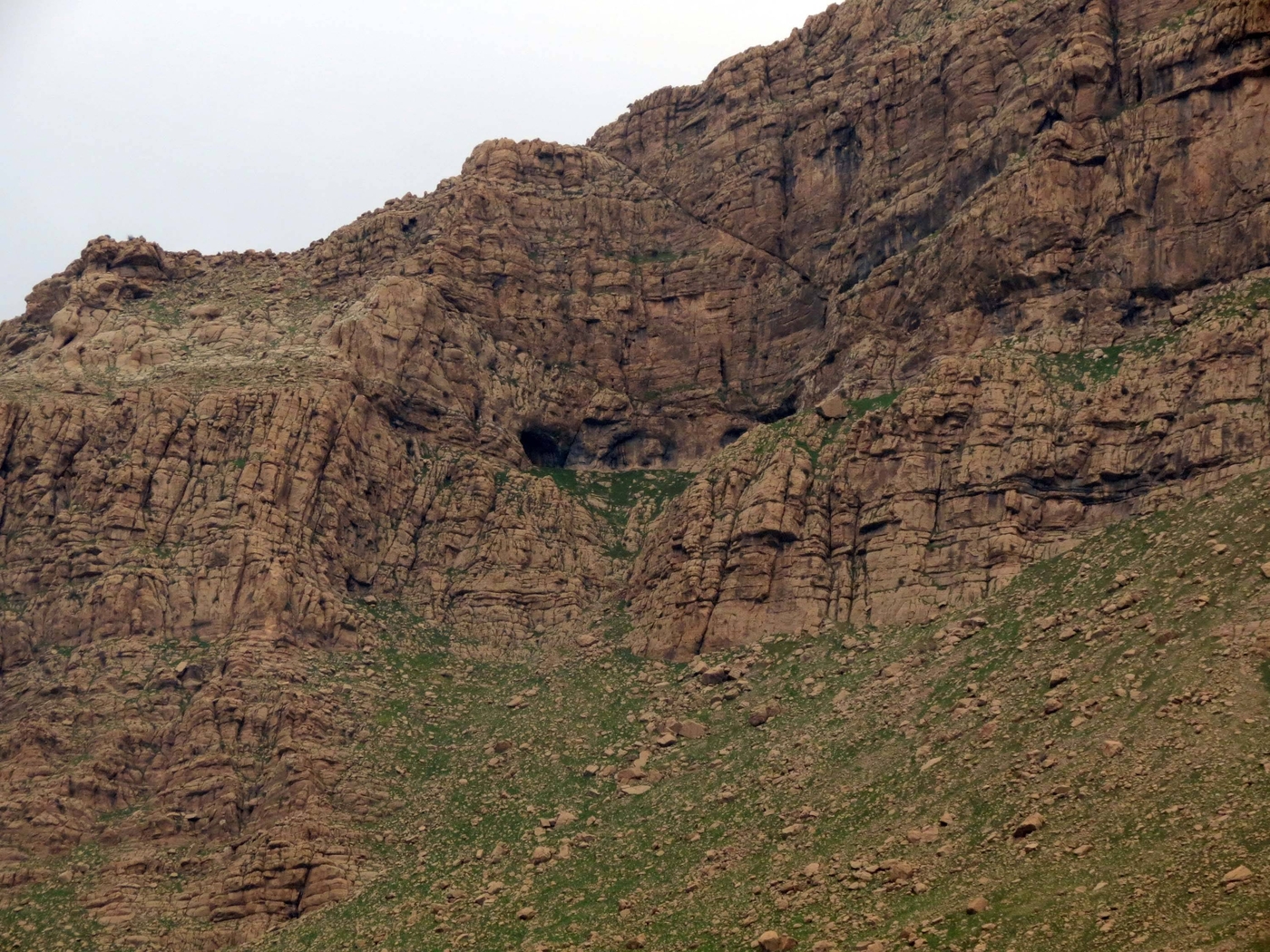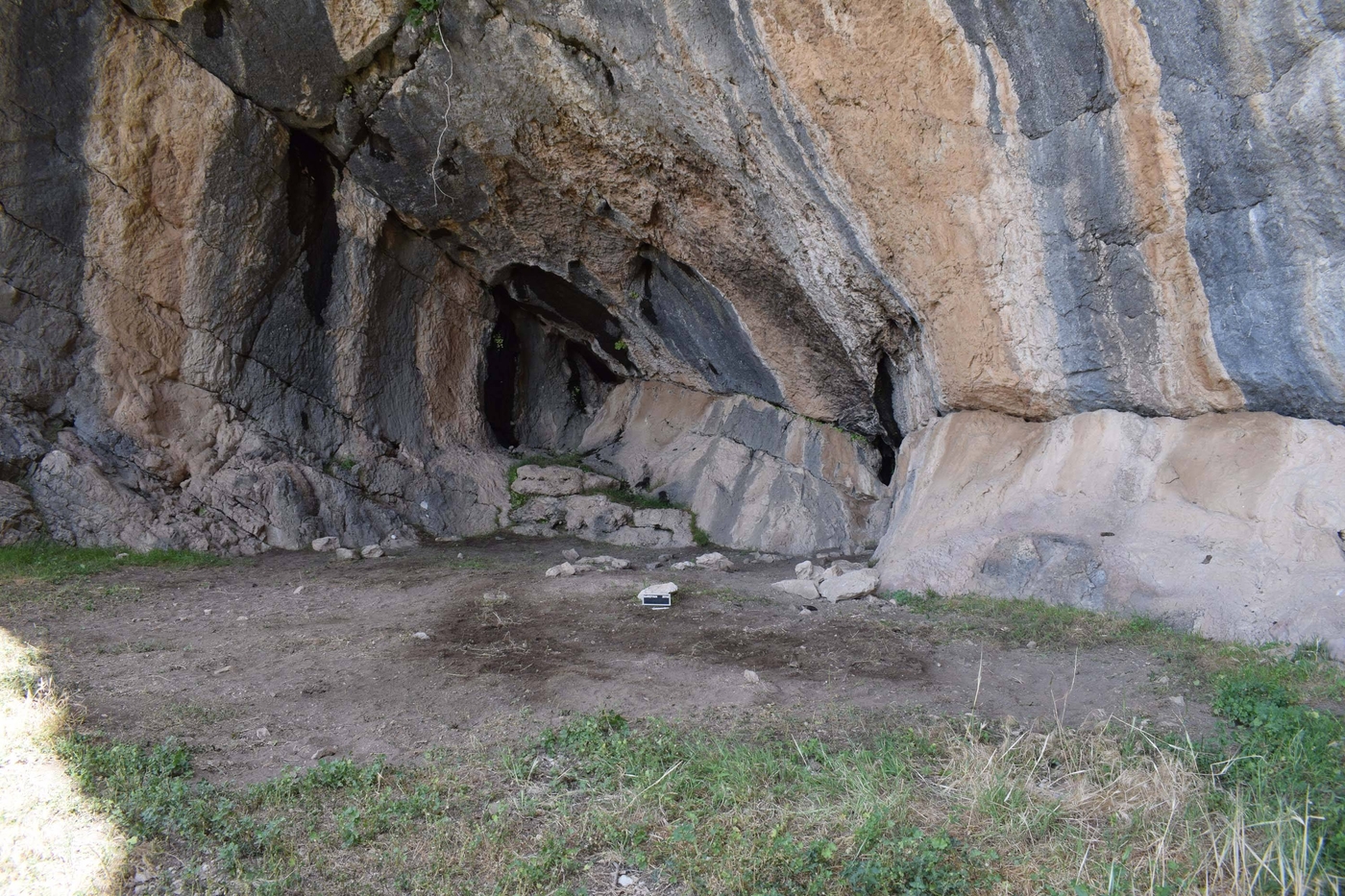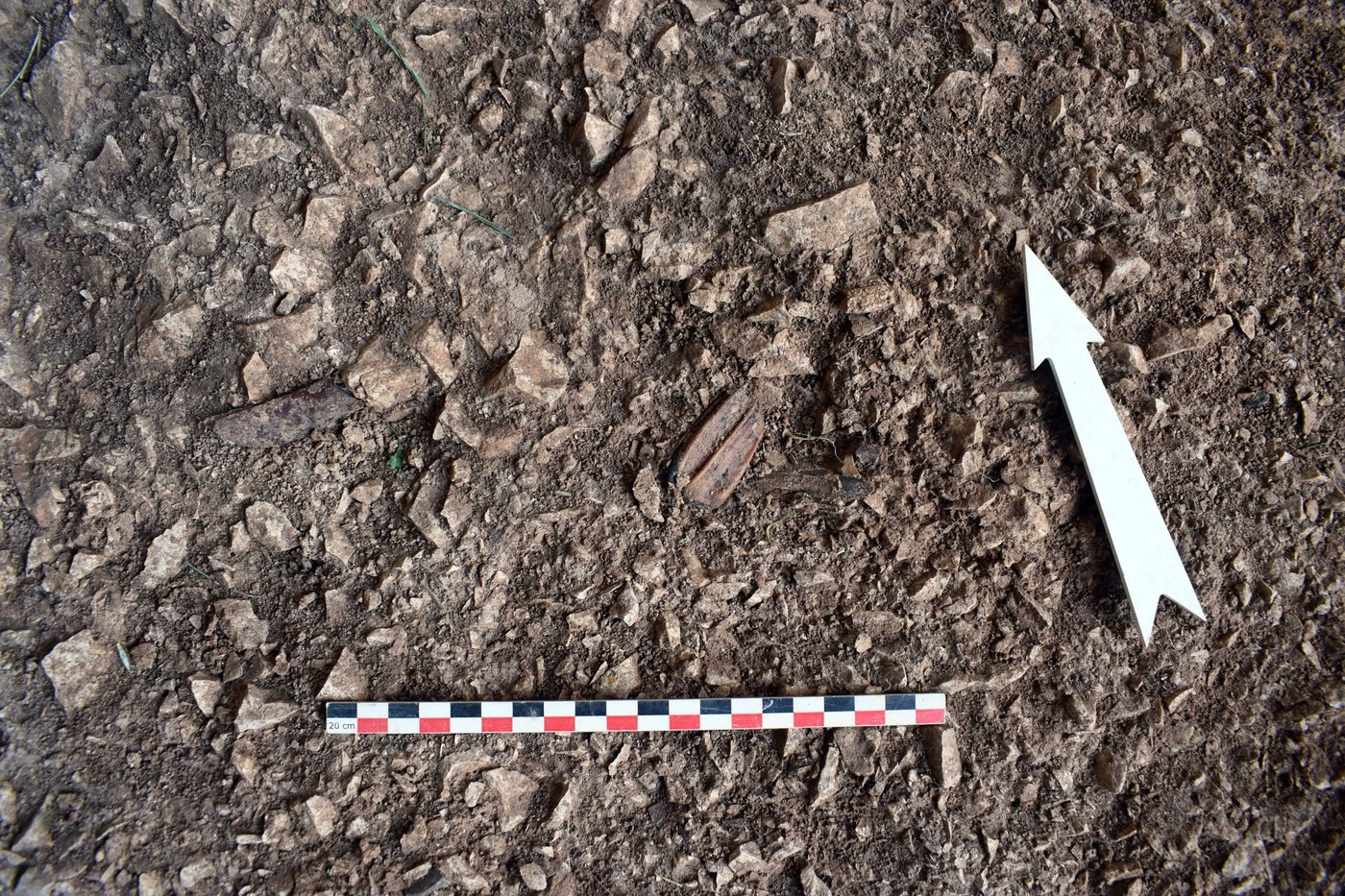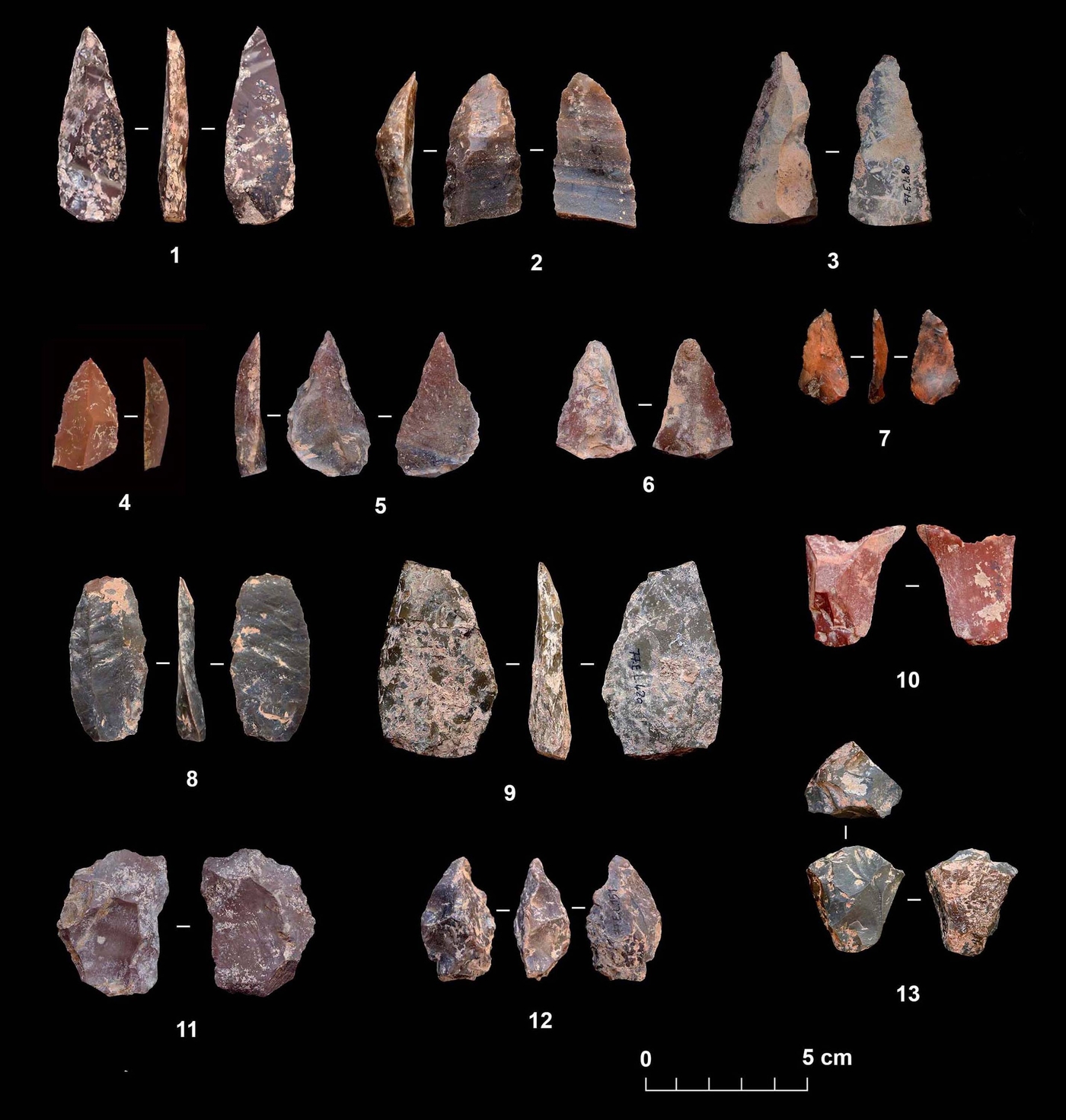The Sarsyan-Rostam Agha shelter
Located in the east of the Kurdistan Region of Iraq, the Sarsyan-Rostam Agha rock shelter is, with the Shanidar cave, one of the rare palaeolithic sites in the northwest of Zagros. Its Mousterian sequence allows us to reconstruct human behaviour and settlement modalities in the region during the Late Pleistocene.

Discovered in 2013 during surveys carried out by the French archaeological mission of the Governorate of Soulaimaniah, the site was sounded in 2018-2019, revealing an archaeological sequence almost unique in the region. The Prehistoric Mission in the Kurdistan Region of Iraq was set up in 2021 to launch the multidisciplinary study of the site and to develop palaeolithic research in a region that is under-explored but vital to understanding the first Eurasian settlements.
A site central to the first human settlements
Standing at the crossroads between several continents, the Zagros Mountains play a pivotal role in human migrations and settlement. Although the indicators of occupation are apparent as early as the Early Palaeolithic, it was only from the end of the Middle Palaeolithic, around 70,000/50,000 years ago, that the Zagros Mountains appear to have been more intensively populated. Neanderthal man settled there permanently, occupying caves and rock shelters.
Overlooking the Plain of Bingird, to the east of Lake Dukan, Sarsyan-Rostam Agha attests to this occupation, probably by Neanderthals, and is among the oldest in the Governorate of Soulaimaniah, if not the Kurdistan Region of Iraq.
A known regional identity
A small Mousterian sequence rich in lithic and bone remains has survived on the site. Characterized by the production of small bladed and convergent (i.e. with points) tools made using Levallois and non-Levallois techniques, the lithic industry of Sarsyan-Rostam Agha attests to a certain regional technical and cultural stability. The lithic assemblage found during sounding is very close to industries described as “Mousterian of Zagros", dated to the end of the Middle Palaeolithic and found in many sites in caves and rock shelters in the Zagros Mountains, mostly Iranian (for example, see the sites of Warwasi, Bisitun, Mar Tarik, and Gar Arjeneh).
Multi-disciplinary research
Formed in 2021, in partnership with the Directorate of Antiquities of Soulaimaniah, the Prehistoric Mission of the Kurdistan Region of Iraq has received support from the French Ministry for Europe and Foreign Affairs (MEAE) on the advice of the Advisory Panel on Archaeological Research Abroad (CCRAE). It also benefits from the support of the cultural division of the French Embassy in Iraq and the Institut français du Proche-Orient (Ifpo). Field and laboratory research is carried out by a multidisciplinary team of experts in the fields of prehistory, archaeozoology, palaeoanthropology, palaeoenvironment, geochronology, and the geology of the Quaternaire, composed of researchers and doctoral students from various institutions: Directorate of Antiquities of Soulaimaniah, CNRS, Géoarchéon, Max Planck Institute, Eberhard-Karls-Université Tübingen.








